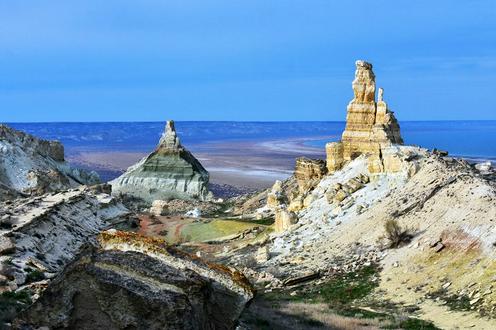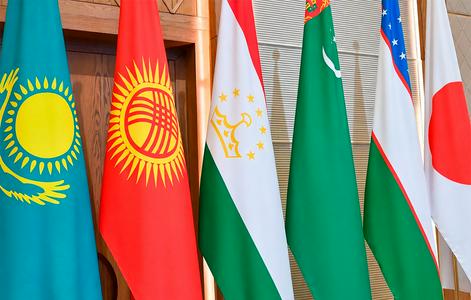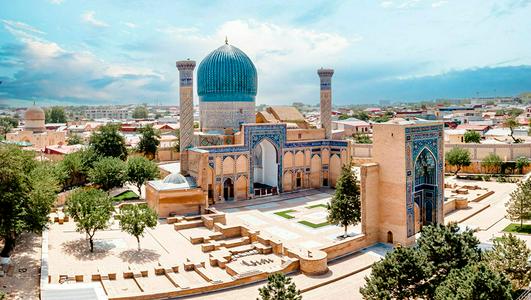Kazakhstan, Turkmenistan, and Uzbekistan have signed a “road map” aimed at strengthening joint environmental protection efforts on the Ustyurt Plateau. According to Gazeta.uz, international experts were closely involved in drafting the agreement.
Key contributors included the Secretariat of the UN Bonn Convention on the Conservation of Migratory Species of Wild Animals and staff from the Michael Succow Foundation. Rustam Murzakhanov, a representative of the foundation, stated that the five-year road map outlines seven main areas of cooperation:
✅ Transboundary conservation of wildlife and habitats
✅ Improved monitoring of cross-border populations of rare species
✅ Raising awareness of the Ustyurt Plateau’s biodiversity significance
✅ Combating poaching
✅ Promoting ecotourism and minimizing the impact of economic development on biodiversity
✅ Joint actions for cheetah reintroduction
✅ Strengthening international environmental partnerships
Murzakhanov explained that barriers to wildlife migration began in 2012, when Kazakhstan, fulfilling its commitments under the Eurasian Economic Union Customs Union, began reinforcing its borders. Fences and coils of barbed wire were installed on the plateau, obstructing not only vehicles but also the movement of fauna. Using camera traps, experts identified sections of the border that pose a danger to animals and recommended that authorities remove the lower rows of barbed wire.
The roadmap also aims to improve coordination between protected area administrations. The plateau is home to five protected sites—three in Uzbekistan and one each in Kazakhstan and Turkmenistan. According to Murzakhanov, separate monitoring methodologies in each country present a challenge, making it necessary to standardize systems.
“If each country protects its territory in its own way, animal migration routes will be disrupted, creating ‘dead zones’—areas with no monitoring or protection, increasing the risk of poaching and land degradation,” he said.
Environmental experts will also assess the potential impact of energy projects—particularly wind farms with thousands of turbines—on the region. Nurlan Ongarbayev, director of Kazakhstan’s Center for Biodiversity Research and Conservation, warned that planned wind power infrastructure on the Ustyurt Plateau could undermine the roadmap’s goals. He said roads and other construction in previously untouched areas may destroy the plateau’s fragile ecosystem and give poachers easier access to remote locations.
Still, specialists believe the plateau’s ecosystem could provide economic benefits through sustainable ecotourism. The region is rich in natural and cultural landmarks—from dramatic escarpments and salt flats to a traditional yurt camp near the Aral Sea. But experts stress that any tourism must be low-impact: no mass excursions or off-road vehicle tours. “The desert is so delicate that a single tire track can remain for decades,” they noted.
The Ustyurt Plateau lies in western Central Asia along the borders of Uzbekistan, Kazakhstan, and Turkmenistan. Known for its extreme climate—hot summers and cold, windy winters—it is home to more than 700 plant species, around 230 bird species, and 60 mammal species, including rare and endemic animals.










